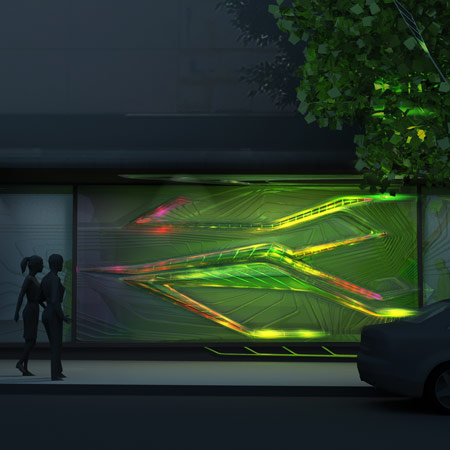
Flower Street BioReactor by Emergent
Los Angeles architects Emergent have designed an installation filled with green algae that produce oil by photosynthesis.
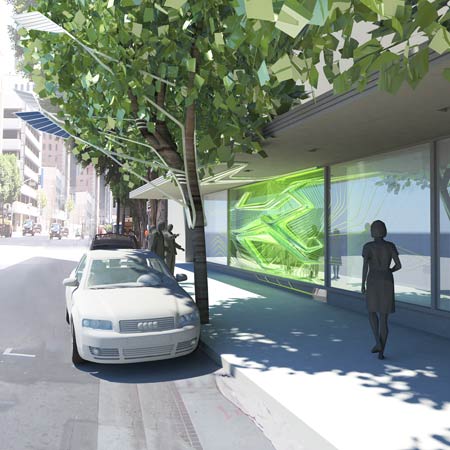
The Flower Street BioReactor will be made of transparent acrylic and contain LED lights that vary in colour and brightness to maintain ideal conditions for the algae.
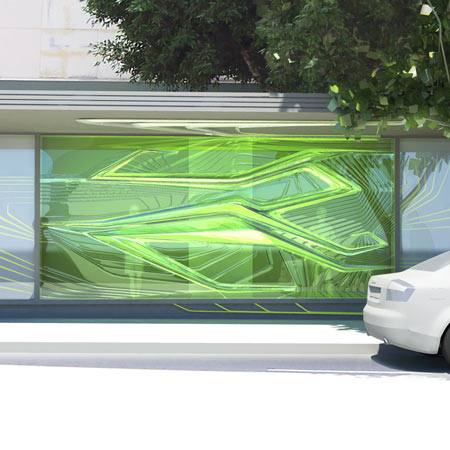
The installation, which will be set up in a shop window on a Los Angeles street, was designed for the Department of Cultural Affairs to raise awareness of alternative fuels. It is intended for completion by 2010.
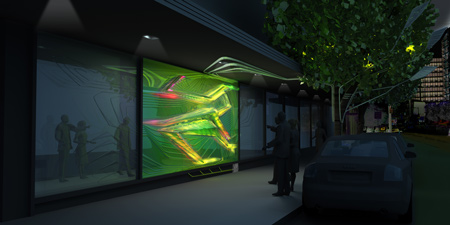
Here's some more information from Emergent:
--
Flower Street BioReactor
Los Angeles, 2009
Our point of departure for this project was to engage the nascent cultural paradigm shift from thinking about energy as something which comes magically from distant sources to something which can be generated locally in a variety of ways. Our goal was not, however, to undertake an engineering experiment, or to simply express material processes, although this is certainly one dimension of the project. Our primary goal was to create a sense of delight and exotic beauty around new technologies by decontextualizing them and amplifying their potential atmospheric and spatial effects.
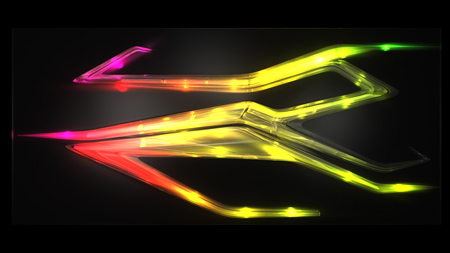
The project is an aquarium-like bioreactor inserted into the facade of the building (our given site), which contains green algae colonies that produce oil through photosynthesis. The aquarium is made of thick transparent acrylic, molded to create the intricate relief on the front. This relief tracks along with and supports an internal lighting armature which is based on the Bio-feedback Algae Controller, invented by OriginOil in Los Angeles in July of 2009. This new type of bioreactor uses tuned LED lights which vary in color and intensity to support algae growth at different stages of development, maximizing output. According to OriginOil, “this is a true bio-feedback system… the algae lets the LED controller know what it needs as it needs it, creating a self-adjusting growth system.” At night, when this system intensifies, it generates a simultaneously urban and jungle affect: glittery reflections on acrylic combine with an eerie élan vital of glowing algae.
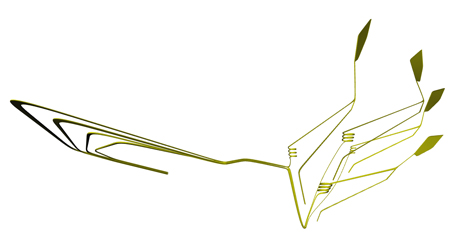
A solar array, used to collect energy during the day, is spirals and winds up into the branches of an adjacent tree, jungle-style. This energy will be stored in a battery and used during the night to run the various systems.
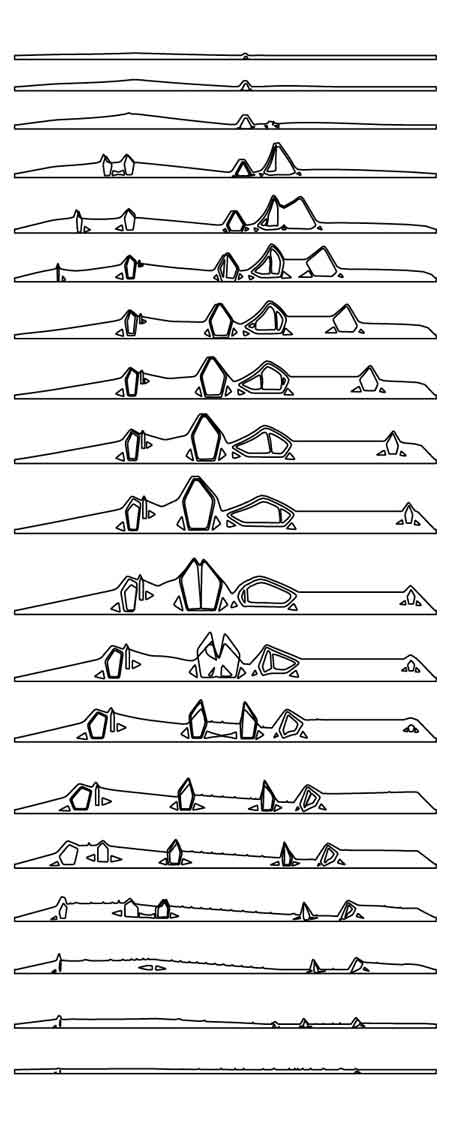
Designer: EMERGENT/ Tom Wiscombe, LLC
Client: Dept. of Culture and the Arts, LA (DCA)
Type: Public Art Installation for 2010
Floor Area: N/A
Design Team: Tom Wiscombe
Bin Lu
Chris Eskew
Ryan Macyauski
Status: In Planning
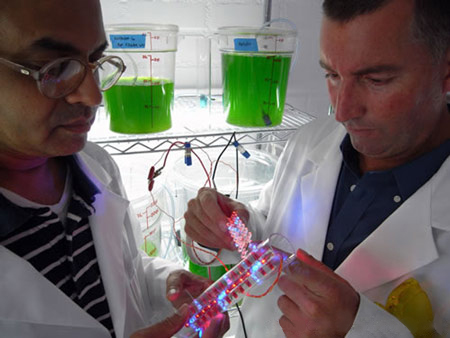
Above image courtesy of OriginOil.